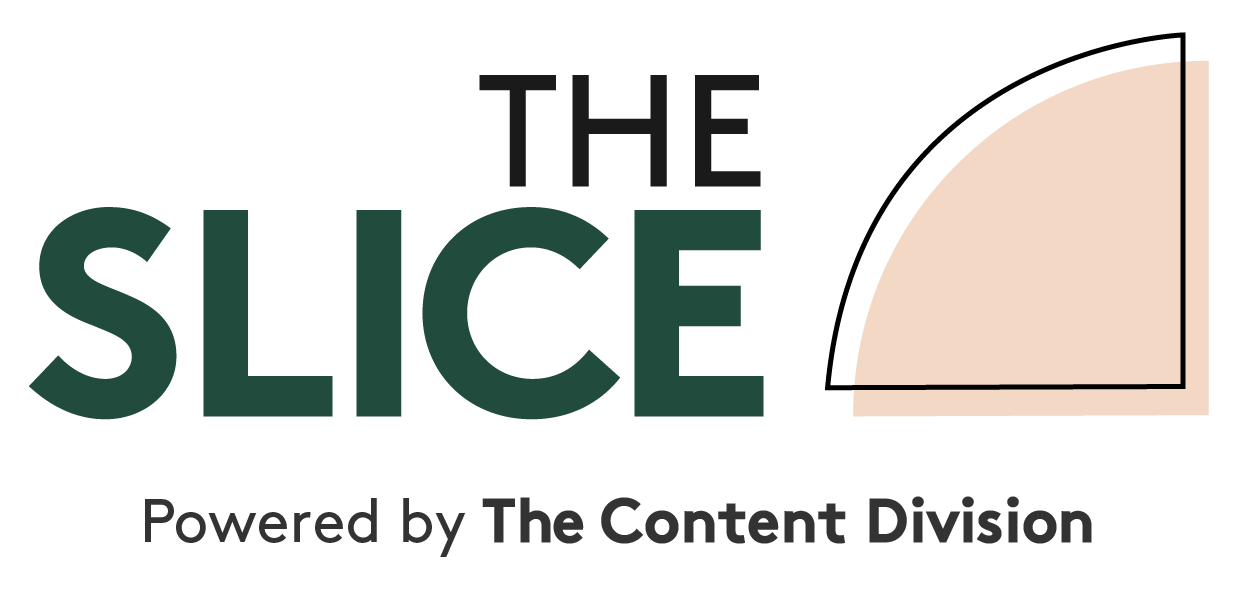
Keeping up with Google search algorithm changes is a never-ending job. It’s probably why there is a whole subsection of the marketing industry dedicated to helping businesses make sure their website meets the search engine’s requirements at any given time.
But for the most part, it all comes down to a few basics (making sure Google can actually read and interpret your website content) and the user experience. Apart from that, the day-to-day changes in search algorithms don’t make front page news, not even on The Slice. But the ones coming up as part of Google’s Core Web Vitals are a bit different.
To put it simply, Google is taking user experience metrics to the next level, and it’s using it to assess your site’s rankability.
As Philip Walton on Web.Dev explains, optimizing for quality of user experience is key to the long-term success of any site on the web.
“Whether you’re a business owner, marketer, or developer, Web Vitals can help you quantify the experience of your site and identify opportunities to improve,” he says.
“Web Vitals is an initiative by Google to provide unified guidance for quality signals that are essential to delivering a great user experience on the web.”
Google Search Console has already set up reports that will help identify issues in relation to the Core Web Vitals.
The Core Web Vitals include the following metrics:
- LCP (largest contentful paint): The amount of time to render the largest content element visible in the viewport, from when the user requests the URL. The largest element is typically an image or video, or perhaps a large block-level text element. This is important because it tells the reader that the URL is actually loading. To achieve a status of “Good” the LCP needs to load in less than 2.5 seconds
- FID (first input delay): The time from when a user first interacts with your page (when they clicked a link, tapped on a button, and so on) to the time when the browser responds to that interaction. This measurement is taken from whatever interactive element that the user first clicks. This is important on pages where the user needs to do something, because this is when the page has become interactive. To achieve a status of “Good” the FID needs to happen in less than 100 milliseconds
- CLS (Cumulative Layout Shift): The amount that the page layout shifts during the loading phase. The score is rated from 0–1, where zero means no shifting and 1 means the most shifting. This is important because having pages elements shift while a user is trying to interact with it is a bad user experience. To achieve a status of “Good” the CLS has to be less than 0.10.
TL;DR: Google’s checking out how quickly your web page responds on arrival, when clicked, and how much the elements move around.
Our interpretation of this is, other than site speed which has always been important, Google is cracking down on those terrible pop-ups that drive leads or subscription for your blog, and even ads that load as you scroll.
We’ve all experienced landing on a web page where pop-ups flood the page to the point where you don’t even know where to look. Well, it’s fair to say that these sites won’t perform for much longer. And it makes sense, right? When the conversion rate of a pop up is so low – how many people had to have a poor user experience just to get one email address? Google’s now answering that for us.
What does this mean for marketers?
James Nicholson is a freelance search and digital consultant. He says it’s no longer good enough to produce a piece of top-quality content, pop it on your website or web-app and leave it for the world to see. Instead, marketers and publishers should put equal effort into the delivery of this content as they do the ideation and production.
“We have seen some significant changes to Google’s algorithm over the last 12 months, with BERT being one of the biggest and most recent changes to how Google interprets unstructured content. The Core Web Vitals update puts user experience and content delivery performance front and centre which, in many ways, is a throwback to the Mobilegeddon days,” James says.
“Google has long been rewarding publishers and marketers for providing high-quality and engaging content on the web, but their emphasis on how web publishers deliver this content is what will catch those who haven’t considered this aspect by surprise.”
At the end of the day, Google is in the business of delivering high quality content, so if your blog is doing the best job of answering questions on the internet but not quite meeting the Web Vitals assessments, you’re going to be fine. But as the SEO experts at Moz explain, if you’re in a highly competitive environment, competing against people for highly competitive terms, Web Vitals can and will make a difference.
Google’s own studies show that for pages that meet these thresholds of Core Web Vitals, visitors are 24% less likely to abandon the site. So even if it means saving yourself 24% in traffic it’s well worth the effort.
Once the speed issues are fixed, marketers need to look at more creative ways of driving leads and subscriptions that don’t include pop up forms. And the lazy loading ad feature will likely need to change too.
Tools to measure Core Web Vitals include:
- The Chrome User Experience Report
- PageSpeed Insights
- Search Console’s Core Web Vitals report.





